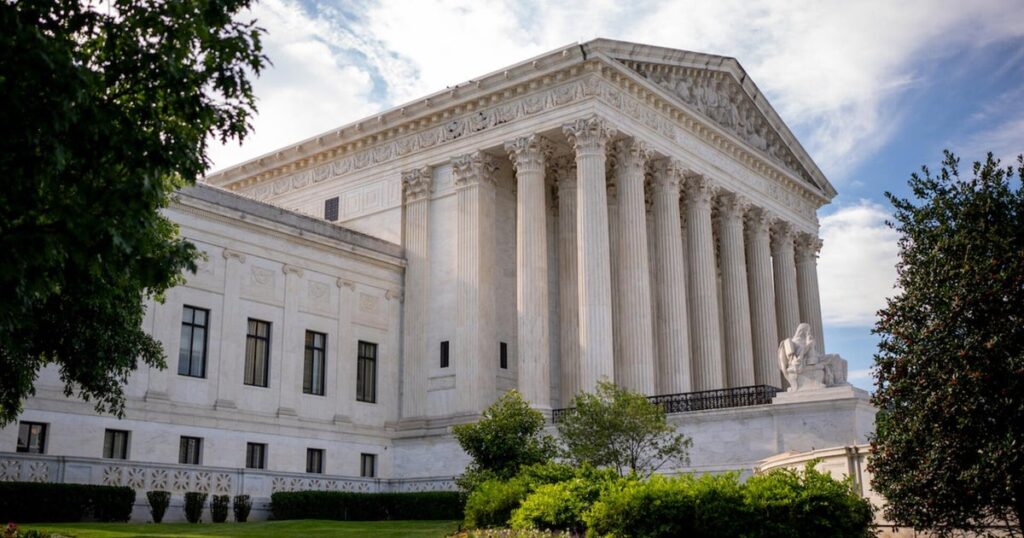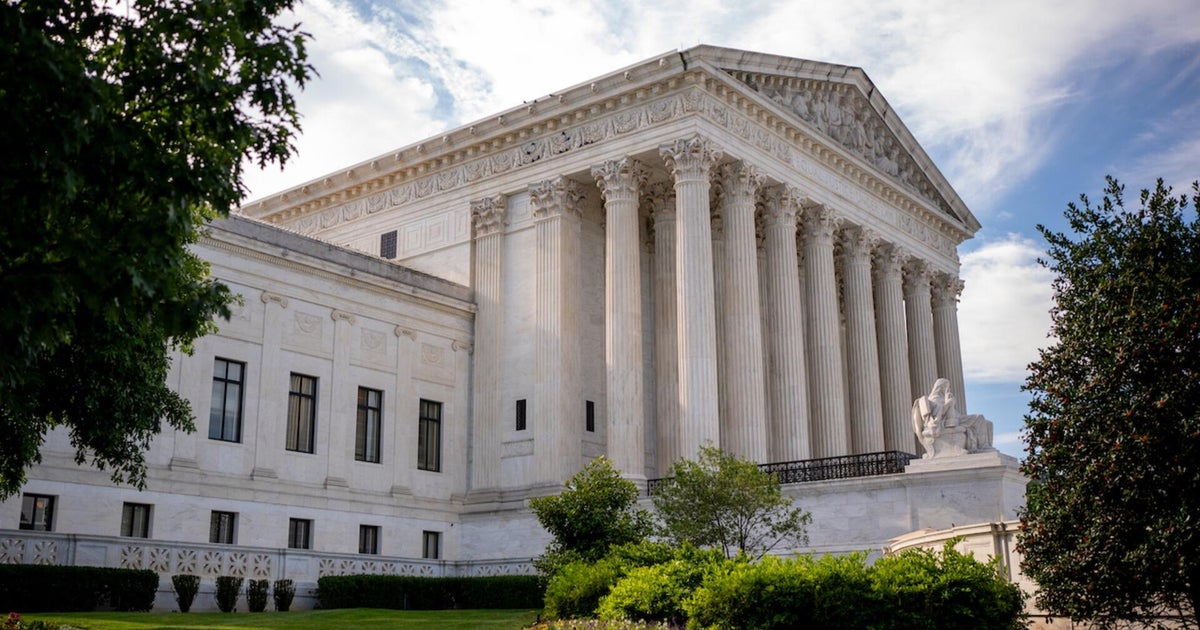Explaining Supreme Court ruling impact on migrants fleeing violence
Explaining Supreme Court ruling impact on migrants fleeing violence

The Supreme Court ruled that it will allow the Trump administration to terminate a program that allowed more than 500,000 Cubans, Nicaraguans, Haitians and Venezuelans to temporarily live and work in the United States while a legal battle over the effort to end the legal protections proceeds. Camilo Montoya-Galvez has more.
Read the full article on CBS Politics
Truth Analysis
Analysis Summary:
The article is mostly accurate, focusing on the Supreme Court's decision regarding a program affecting migrants. The main claim about the program and the countries involved is verifiable. However, the framing and selection of information suggest a moderate bias, potentially leaning towards highlighting the negative impacts of the decision.
Detailed Analysis:
- Claim:** "The Supreme Court ruled that it will allow the Trump administration to terminate a program that allowed more than 500,000 Cubans, Nicaraguans, Haitians and Venezuelans to temporarily live and work in the United States while a legal battle over the effort to end the legal protections proceeds."
- Verification Source #4: Mentions the "termination" of the Migrant Protection Protocols (MPP) and litigation surrounding it.
- Verification Source #1: Discusses the "Remain in Mexico" policy, which is related to MPP.
- Fail to cover:* The specific number of migrants affected (500,000) and the specific nationalities (Cubans, Nicaraguans, Haitians, and Venezuelans). This requires internal knowledge or external sources not provided.
- Internal Knowledge:* While the exact number and nationalities require further verification, the general description of the program aligns with the Migrant Protection Protocols (MPP) and its impact on asylum seekers from various countries.
Supporting Evidence/Contradictions:
- Verification Source #4: Supports the claim that the Supreme Court was involved in litigation related to MPP.
- Verification Source #1: Supports the claim that the program faced legal challenges and was eventually overturned (though this source refers to a later overturning in June 2022, suggesting a complex legal history).
- Lack of Coverage:* The specific number of migrants and nationalities affected is not directly covered by the provided sources, requiring reliance on internal knowledge or external verification.

